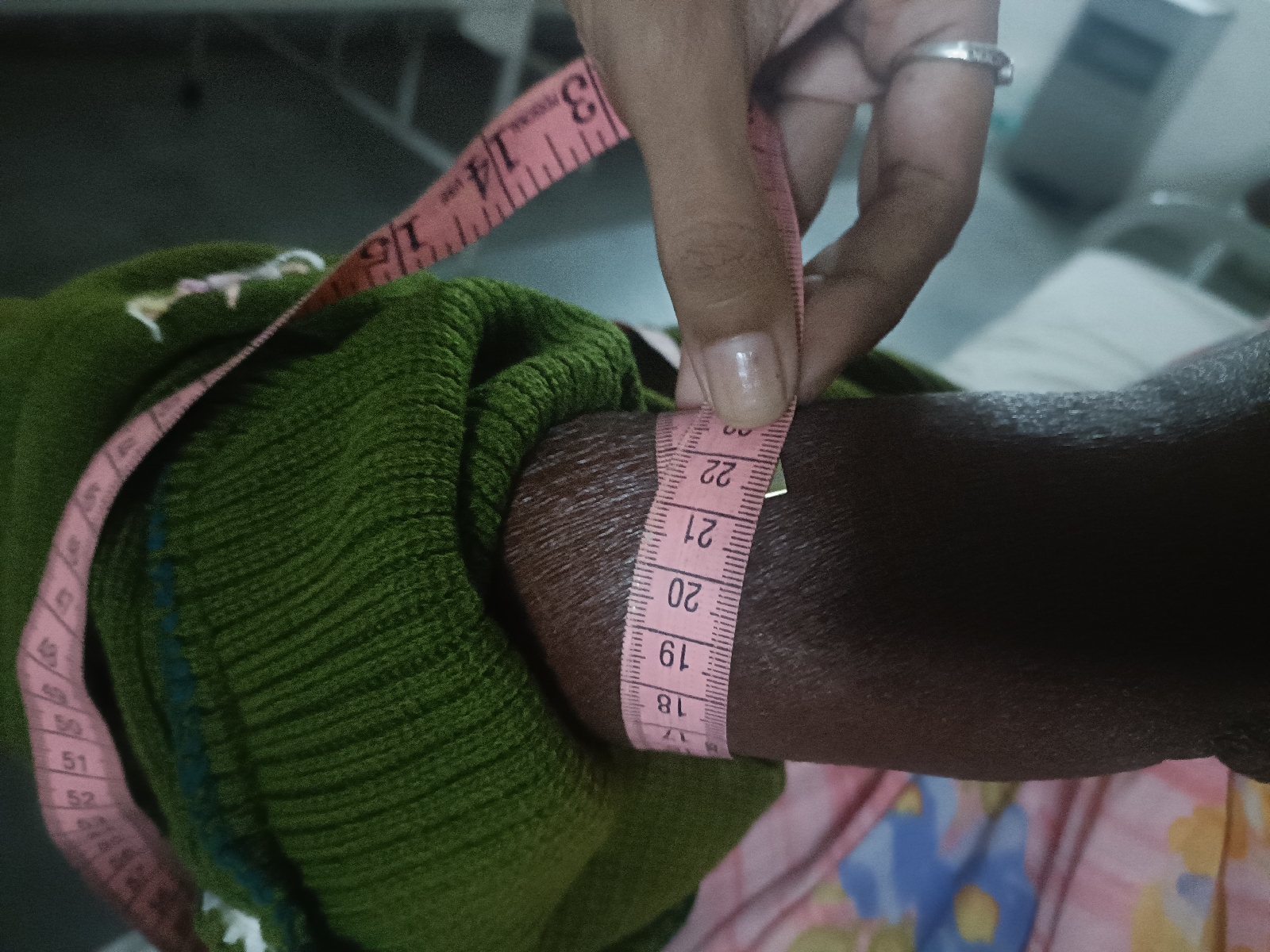OSCE -learning points -prefinal examination

OSCE learning points -prefinal examination What is dystonia? Dystonia is a very complex, highly variable neurological movement disorder characterized by involuntary muscle contractions. Dystonia results from abnormal functioning of the basal ganglia,a deep part of the brain which helps control coordination of movement. Dystonia may be inherited, acquired, or idiopathic (no known cause). Inherited disorders are transmitted genetically. In acquired forms, dystonia is caused by damage or degeneration of the brain (e.g. after a brain injury or stroke) or exposure to particular drugs. In idiopathic dystonia there is no identifiable cause and no structural damage or degeneration to the brain. Dystonia classification. Childhood onset – 0 to age 12 Adolescent onset – age 13 to 20 Adult onset – older than age 20 Focal dystonia Focal dystonia is limited to one area of the body and can affect the neck (cervical dystonia or spasmodic torticollis), eyes (blepharospasm), jaw/mouth/lower face (oroma


